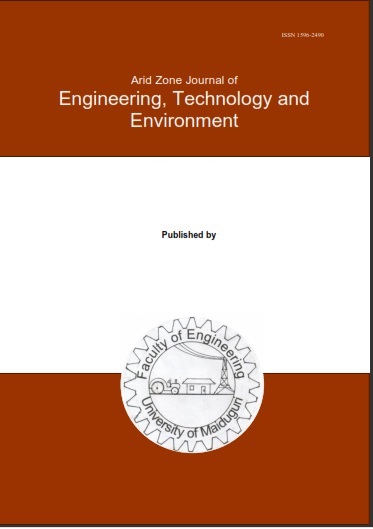Abstract
In modern power systems particularly those incorporating renewable energy sources like solar and wind, batteries are essential for balancing supply and demand, stabilizing the grid, and enabling energy storage during low-demand periods. This research introduces a comprehensive modeling and simulation framework aimed at predicting how long batteries will last by examining various degradation mechanisms, including capacity fade, temperature effects, internal resistance growth, and state of charge cycling. A hybrid approach that combines electrochemical, thermal, and mechanical degradation models was used to simulate how batteries age under different operating conditions. The simulation results showed that lithium-ion batteries experienced a 12.5% capacity fade after 500 charge-discharge cycles under normal operating conditions, and the degradation rate increased to 20% in high-temperature environments (45°C). Additionally, it was observed that an 8.7% increase in internal resistance significantly affected efficiency. Furthermore, the result revealed that the adopted predictive models achieved an impressive accuracy of 94.2%, allowing for a reliable estimation of the remaining useful life (RUL) of the batteries. These findings highlight how advanced modeling techniques can really enhance battery management strategies with reduced maintenance costs and boost the reliability of power systems. Therefore, the hybrid degradation models showed an impressive predictive accuracy, surpassing recent benchmarks in the field, where older methods showed accuracies of between 91% and 93% using machine learning and physics-informed neural networks.

This work is licensed under a Creative Commons Attribution-NonCommercial-NoDerivatives 4.0 International License.
Copyright (c) 2025 ARID ZONE JOURNAL OF ENGINEERING, TECHNOLOGY AND ENVIRONMENT

